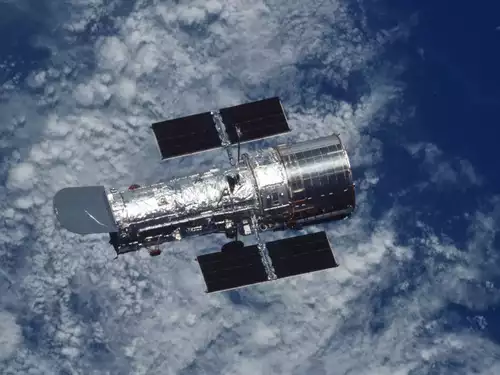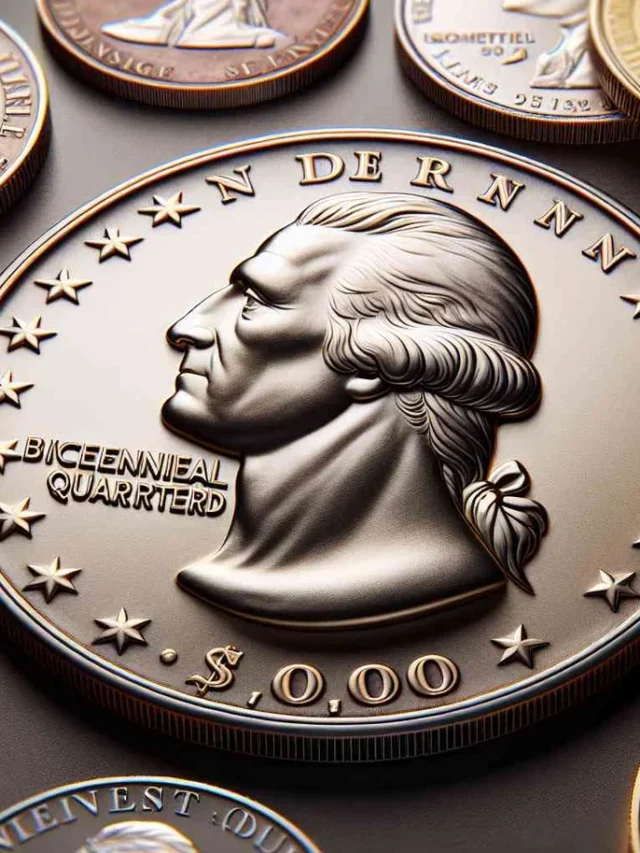Introduction:
The Hubble Space Telescope, one of NASA’s most remarkable achievements, continues to capture the imagination of scientists and stargazers alike. Recently, Hubble has delivered a fresh batch of ten stunning images that offer new insights into the vast and mysterious universe. Here’s an in-depth look at these breathtaking photos and what they reveal about the cosmos.
The Eagle Nebula’s Pillars of Creation:
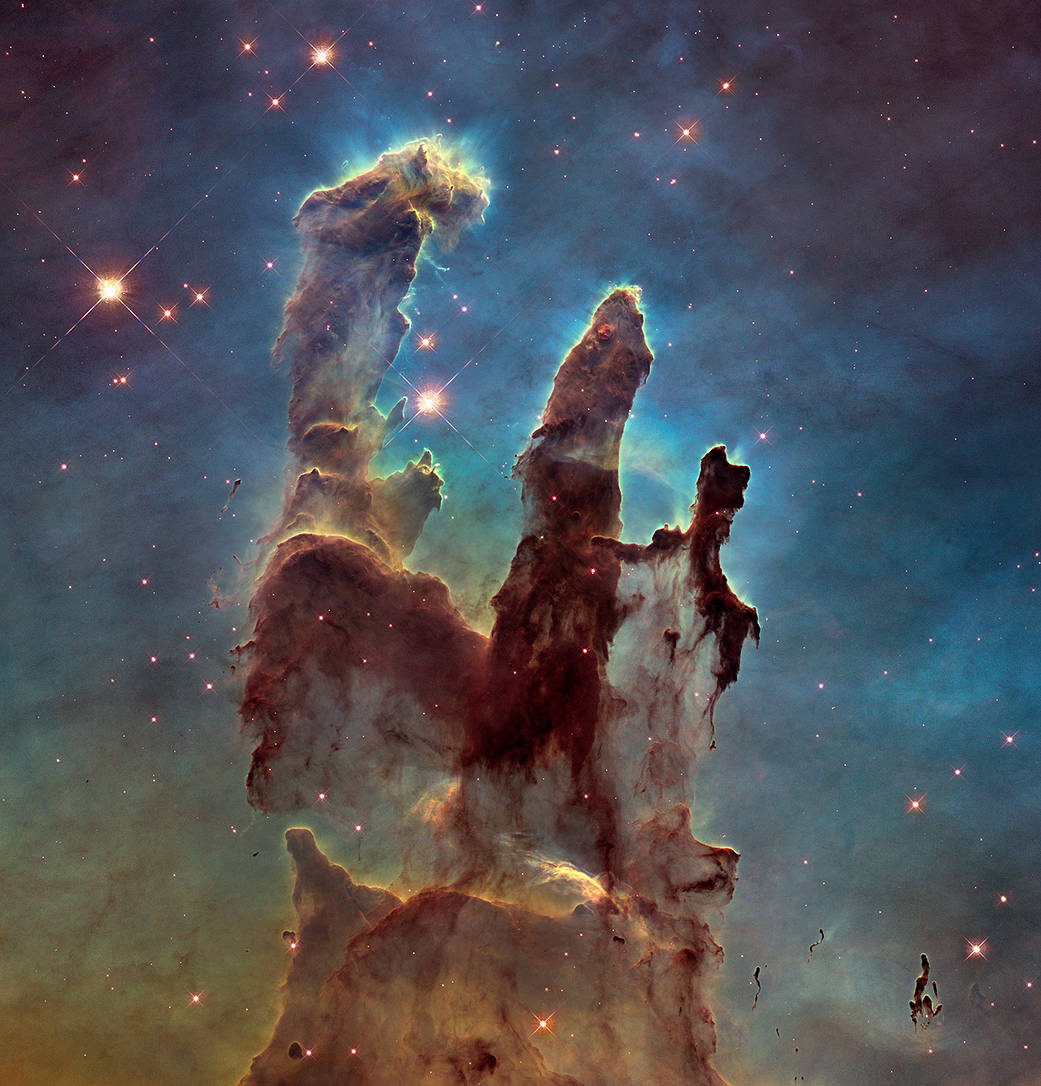
Description:
Iconic Structures: The new images of the Eagle Nebula’s Pillars of Creation showcase the towering columns of gas and dust where new stars are being born.
Enhanced Clarity: Utilizing Hubble’s latest imaging technology, these photos offer unprecedented detail, highlighting the intricate structures within the pillars.
Scientific Significance:
Star Formation: These images provide valuable data on the process of star formation within nebulae.
Gas and Dust Dynamics: The clarity of these photos helps astronomers understand the dynamics of interstellar gas and dust.
The Spiral Galaxy NGC 1309:

Description:
Majestic Spiral Arms: NGC 1309, a spiral galaxy located approximately 100 million light-years from Earth, is captured in exquisite detail.
Stellar Populations: The image reveals the galaxy’s vibrant arms, teeming with young blue stars and regions of star formation.
Scientific Significance:
Galactic Evolution: Studying the structures within NGC 1309 aids in understanding the life cycles of spiral galaxies.
Supernova Research: This galaxy has hosted supernovae, providing a laboratory for studying these cosmic explosions.
The Cat’s Eye Nebula:
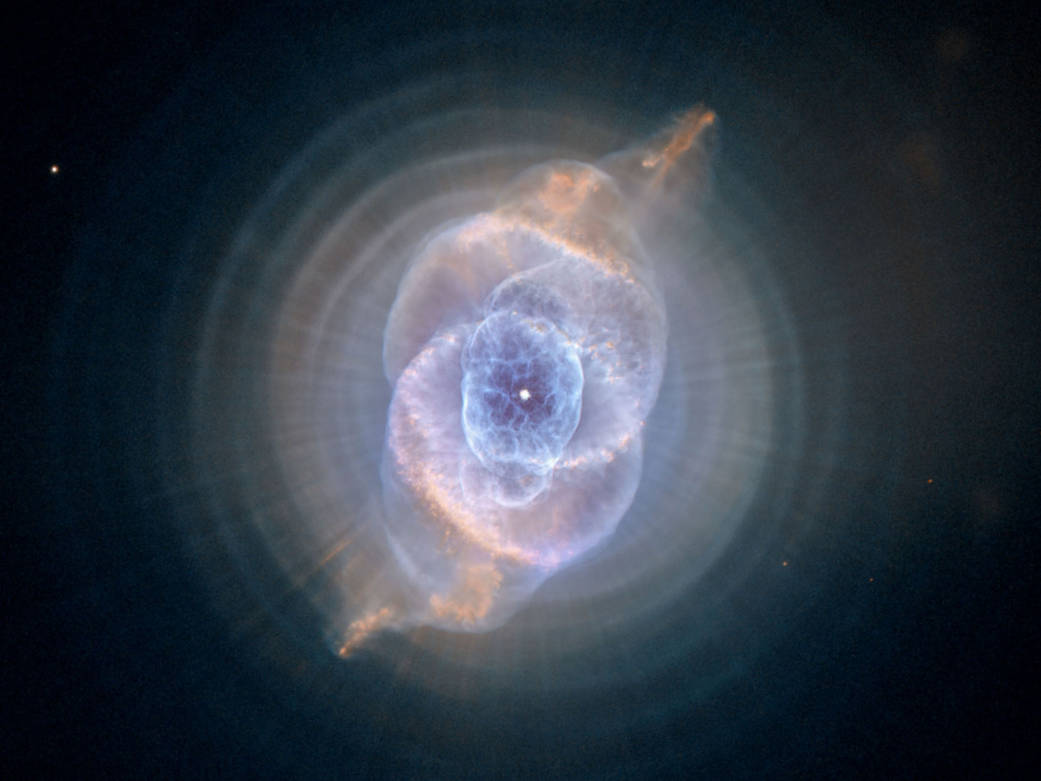
Description:
Complex Structures: The new images of the Cat’s Eye Nebula reveal the intricate, concentric shells of gas expelled by a dying star.
Vivid Colors: The photos highlight the nebula’s vivid hues, caused by different elements emitting light at various wavelengths.
Scientific Significance:
Stellar Death: These images offer insights into the late stages of stellar evolution.
Elemental Analysis: By analyzing the light from the nebula, scientists can determine the elements present and their abundances.
The Tarantula Nebula:
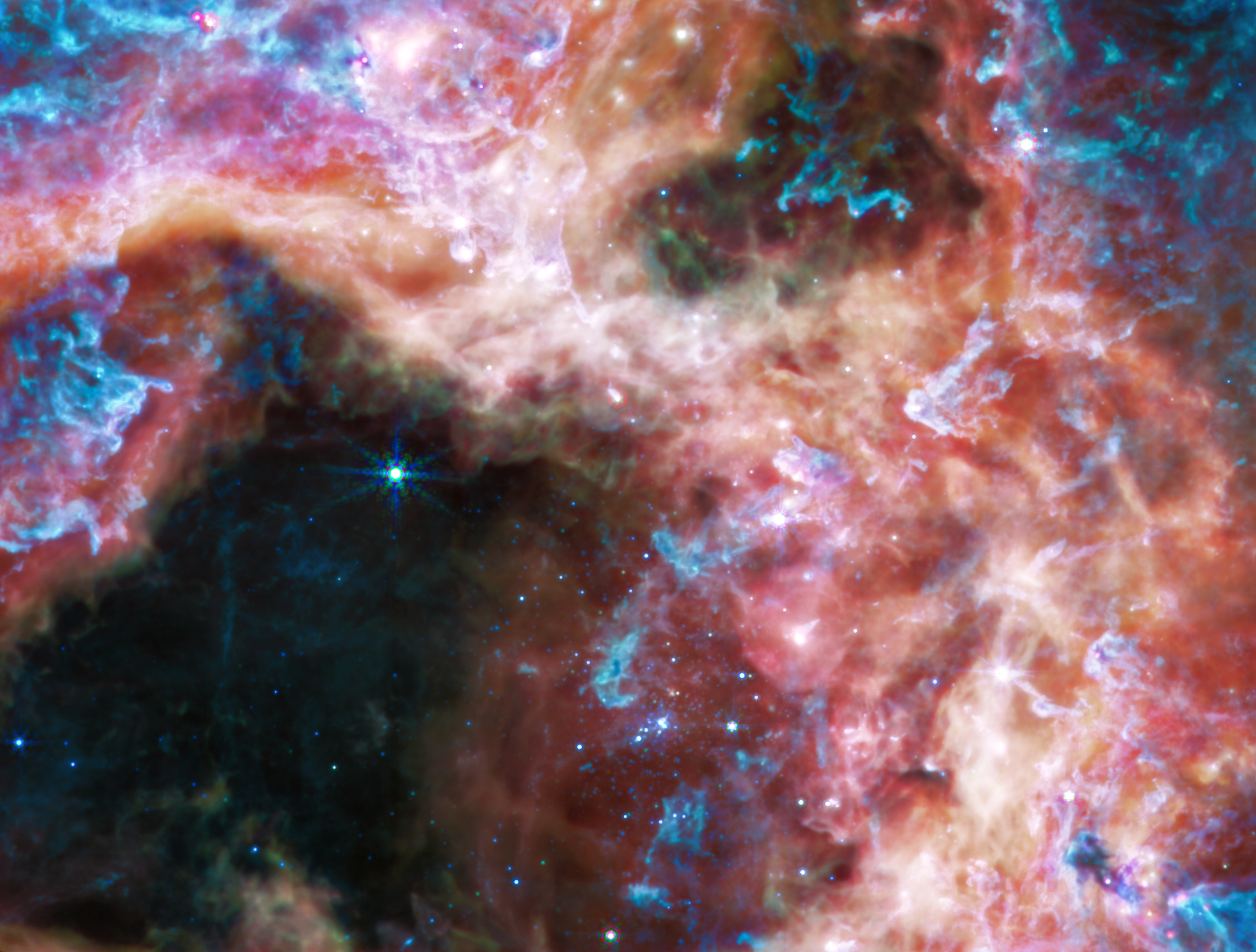
Description:
Starburst Region: Located in the Large Magellanic Cloud, the Tarantula Nebula is one of the most active star-forming regions in our local group of galaxies.
Dynamic Environment: Hubble’s images capture the nebula’s chaotic mix of young stars, gas, and dust.
Scientific Significance:
Star Formation: The Tarantula Nebula serves as a nearby example of intense starburst activity.
Stellar Feedback: Studying this region helps understand how young stars influence their environments.
The Sombrero Galaxy:
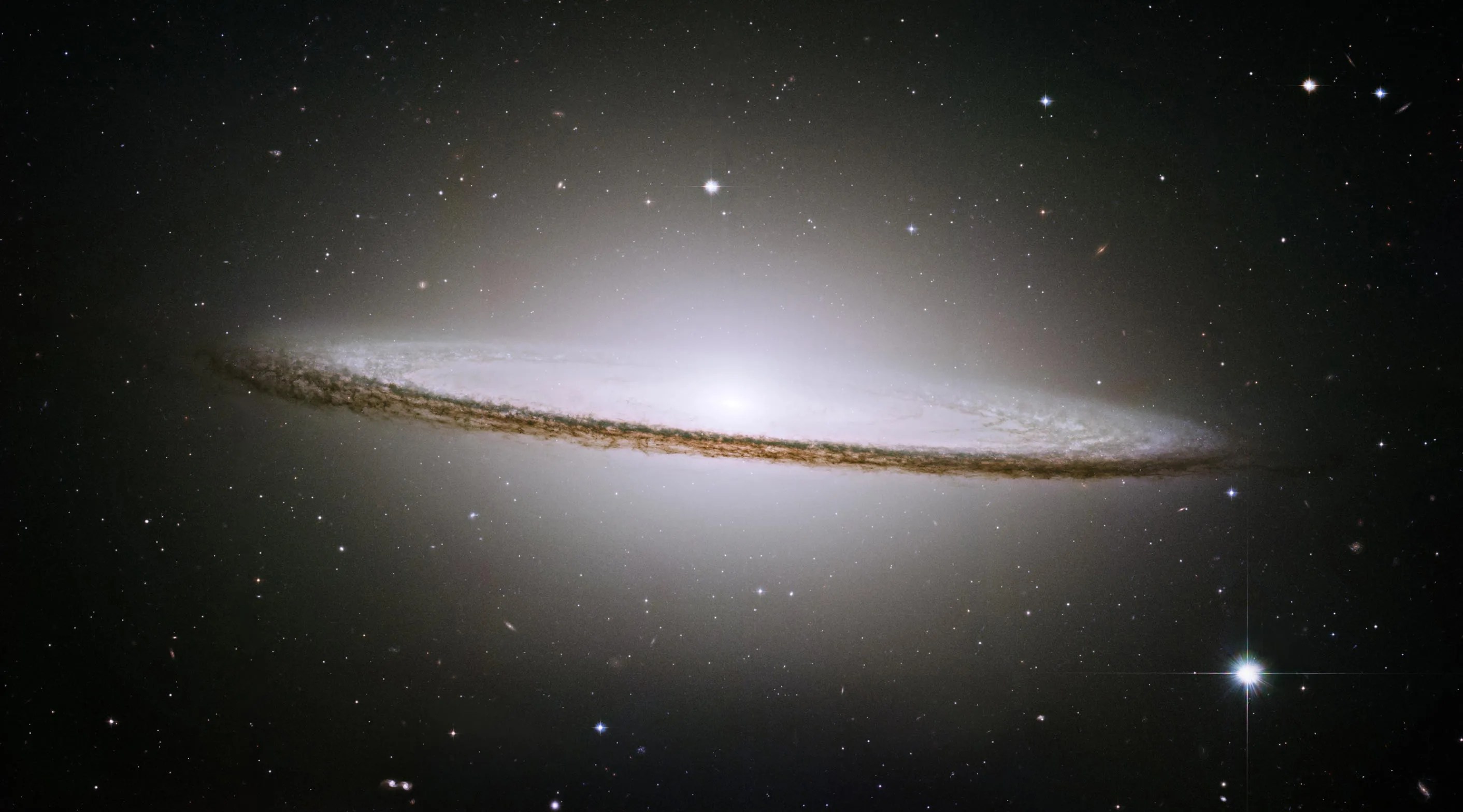
Description:
Elegant Structure: The Sombrero Galaxy, with its distinctive hat-like appearance, is beautifully captured in the new images.
Central Bulge: The photos highlight the galaxy’s bright central bulge and the dark dust lane encircling it.
Scientific Significance:
Galactic Anatomy: These images provide detailed views of the structures within elliptical galaxies.
Black Hole Studies: The central bulge is believed to harbor a supermassive black hole, offering a site for studying these enigmatic objects.
The Horsehead Nebula:

Description:
Iconic Silhouette: The Horsehead Nebula’s dark, horse-shaped silhouette stands out against a backdrop of glowing gas.
Infrared Insights: Hubble’s infrared capabilities penetrate the dust, revealing new details.
Scientific Significance:
Dust and Gas Interactions: These images enhance our understanding of how dense clouds of gas and dust interact and form stars.
Infrared Astronomy: They demonstrate the power of infrared observations to peer through cosmic dust.
The Antennae Galaxies:
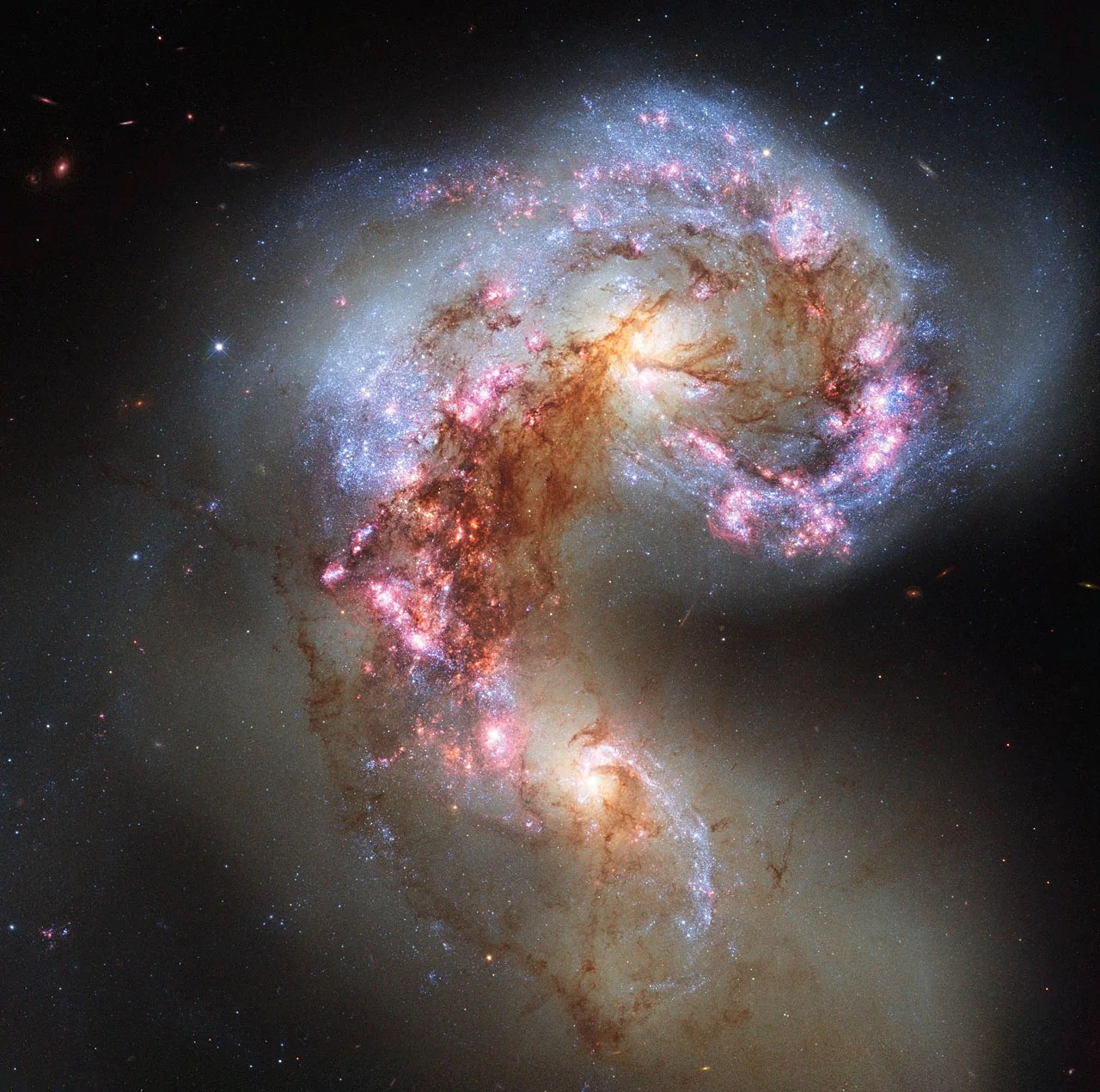
Description:
Cosmic Collision: The Antennae Galaxies, two interacting galaxies, are captured in the midst of their dramatic merger.
Starburst Regions: The collision has triggered intense starburst regions, visible in the new images.
Scientific Significance:
Galaxy Mergers: These images provide a snapshot of the processes involved in galaxy mergers.
Star Formation: They highlight how galactic interactions can spur star formation.
The Helix Nebula:
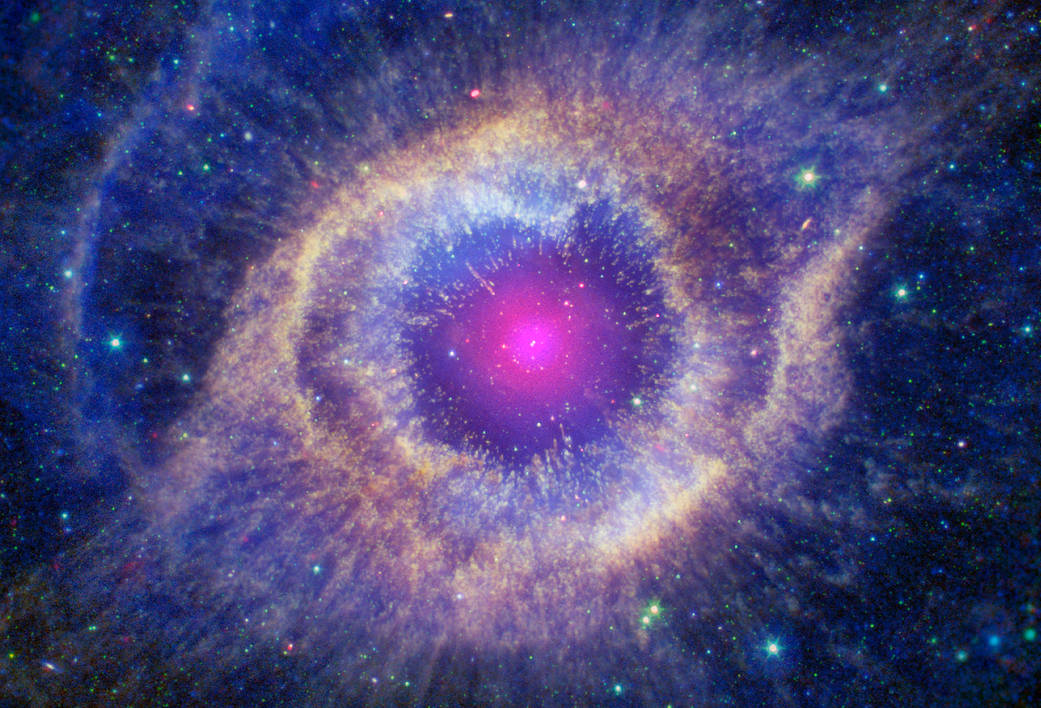
Description:
Eye of the Universe: The Helix Nebula, often called the “Eye of God,” is shown in stunning detail, with its central star and surrounding rings of gas clearly visible.
3D Structure: Hubble’s images reveal the nebula’s three-dimensional structure.
Scientific Significance:
Planetary Nebulae: The images offer a closer look at the end stages of stellar evolution for sun-like stars.
Chemical Composition: They help in understanding the chemical enrichment of the interstellar medium.
The Bubble Nebula:

Description:
Expanding Bubble: The Bubble Nebula, created by a massive star’s stellar wind, is seen as an expanding bubble of gas.
Intricate Details: The images capture the bubble’s edge, where the hot gas interacts with the surrounding cooler material.
Scientific Significance:
Stellar Winds: These images shed light on the effects of stellar winds on the surrounding interstellar medium.
Massive Stars: They provide insights into the life cycles of massive stars.
The Whirlpool Galaxy:

Description:
Spiral Beauty: The Whirlpool Galaxy, with its grand spiral arms and interaction with a companion galaxy, is showcased in stunning clarity.
Galactic Interaction: The tidal forces between the Whirlpool Galaxy and its companion are evident.
Scientific Significance:
Galaxy Interactions: The images help understand the gravitational interactions between galaxies.
Star Formation: They highlight regions of active star formation within the spiral arms.
Conclusion:
Hubble’s latest images are a testament to the telescope’s enduring legacy and its ability to inspire awe and advance our understanding of the universe. These ten new pictures not only captivate the imagination but also provide valuable data for astronomers studying the cosmos. As Hubble continues to explore the universe, who knows what other wonders it will uncover?
FAQ: The $120 Million Bicentennial Quarter
1. What is the $120 million Bicentennial quarter?
- The $120 million Bicentennial quarter is an extraordinarily rare and unique coin minted to commemorate the 200th anniversary of the United States. It is distinguished by a significant minting error and possibly unique composition.
2. Why is this Bicentennial quarter worth so much?
- Its value stems from its rarity, unique minting error, and historical significance. Additionally, its condition and the fact that it might have been struck on an experimental planchet add to its worth.
3. What makes the Bicentennial quarter different from other quarters?
- The Bicentennial quarter features a colonial drummer on the reverse and a dual date (1776-1976), unlike the typical Washington quarter design. Special editions were minted in silver and proof versions for collectors.
4. How can I identify the $120 million Bicentennial quarter?
- Look for unusual features such as minting errors (e.g., double die, off-center strikes) and unique composition. It’s advisable to have the coin professionally graded and authenticated by services like PCGS or NGC.
5. What are minting errors, and why are they valuable?
- Minting errors occur during the coin production process and can include misstrikes, incorrect metal usage, or design anomalies. These errors make coins unique and highly sought after by collectors.
